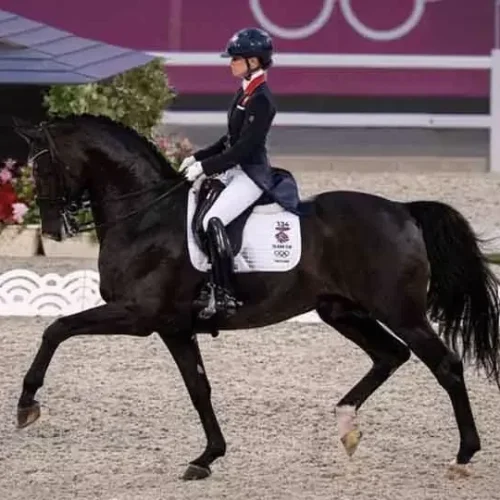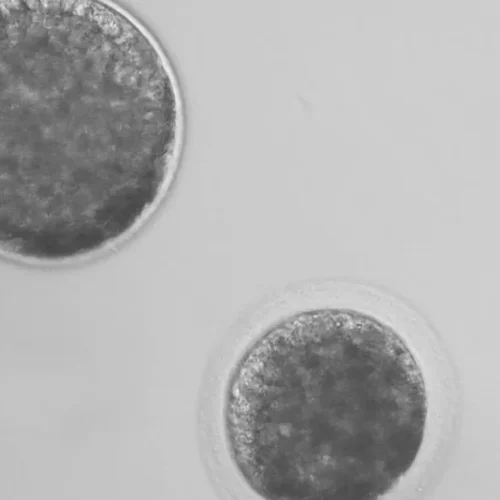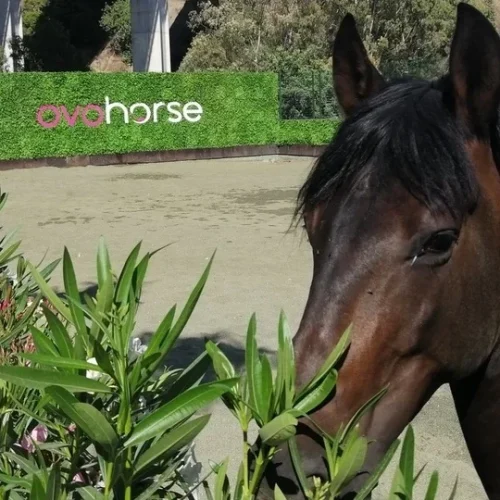Horse breeding is a traditional activity in Spain that dates back centuries. Today, this sector is booming, with a constant increase in the number of registered horses and in the quality of the specimens produced. In other words, more and better horses are being bred, achieving significant international representation.
In this regard, there are currently many native horse breeds in Spain, but two stand out above the rest: the PRE and the CDE.
The PRE
The PRE, or Pura Raza Española (Pure Spanish Breed), is—as its name suggests—a breed of Spanish origin. It is known for its beauty, nobility, and versatility. It is one of the oldest horse breeds in the world and has been used for a wide variety of purposes for centuries. Today, it excels in several disciplines, including Classical Dressage, Rejoneo, Working Equitation, and Doma Vaquera.
The PRE is a medium-sized breed, with an average height at the withers of 150–160 cm. It has a muscular, broad, and well-proportioned body, with a fine and expressive head. Its coat is usually bay, black, gray, or chestnut, often with dapples or spots, although nowadays diluted coats are becoming more common and attracting the attention of breeders and enthusiasts.
The PRE is a very intelligent and sensitive breed, with a calm and balanced temperament. It is a highly versatile horse capable of excelling in a wide range of sporting and recreational disciplines.
The CDE
The CDE, or Spanish Sport Horse, is a breed of Spanish origin known for its elegance, endurance, and athletic aptitude. It is a relatively new breed, created in the 1970s by selecting horses from different breeds with strong sporting qualities.
The CDE is a medium-to-large-sized breed, with an average height at the withers of 160–170 cm. It has an ideal physique to be considered a true sport horse.
The CDE is an intelligent breed with an energetic temperament and great predisposition for athletic performance. It is very suitable for disciplines such as Classical Dressage, Show Jumping, Eventing, and Endurance Riding.
Current Situation of National Horse Breeding
In recent years, horse breeding in Spain has experienced significant growth. This development is due to several factors, including:
- The rising popularity of horseback riding in Spain.
- The improvement of equine reproductive techniques.
- The commitment of breeders to producing high-quality horses.
As a result, the number of registered horses in Spain has increased considerably. Currently, there are over 250,000 registered horses in Spain—and counting—of which more than half are PRE.
This growth has a positive impact on the Spanish economy. The equestrian sector generates thousands of jobs and contributes to the country’s wealth.
Ovohorse and National Horse Breeding
At Ovohorse, we are a laboratory and equine reproduction clinic offering services to breeders and stud farms who want the best for promoting national horse breeding. We have extensive experience applying assisted reproduction techniques such as artificial insemination and embryo transfer, which help improve the quality of the horses produced.
At Ovohorse, we are committed to national breeding and offer our clients a comprehensive service that includes genetic advice, selection of breeders, and monitoring of births.
We have contributed to improving the quality of Spanish horses in various disciplines, such as Classical Dressage, Show Jumping, and Endurance, offering horses with strong athletic potential in different Olympic sports—including some that have competed at high levels with excellent results.






